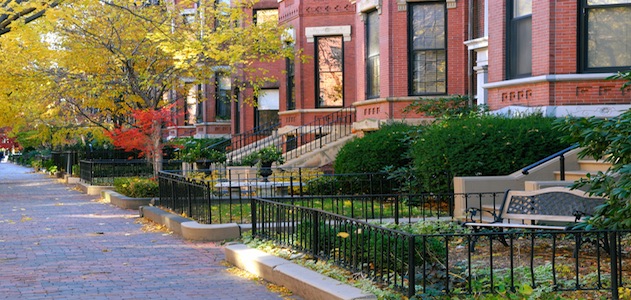The Fair Housing Act turns 50 this year, yet there are significant patterns of residential segregation in all of the nation’s largest metros, according to two new surveys. But is the segregation driven by race or economic status? As it turns out, the answer is probably a share of both.
According to Apartment List, an online retail marketplace, determined that areas with both high and low segregation still had clear patterns of disproportionate demographics. Furthermore, areas that had the highest levels of segregation had grown the least since the 1970’s.
It is worth nothing, that the nations black population is still the most highly segregated minority group. This can be attributed to the long-lasting effects of segregation in the U.S. This is largely because segregated cities were initially created deliberately to keep black families out of white neighborhoods, according to Apartment List.
The study discovered that minority neighborhoods have greater rent burdens. The median renter income is an average of 28% below the metrowide median, while rents for individuals living in these areas was 12% below the metro median. Simply, heavily concentrated minority areas struggle more to pay rent.
However, access to credit for low and moderate income households is a subject heavily researched by Fannie Mae. The results of another survey conducted by the GSE indicates a lack-of-education toward using debt to gain wealth is a supporting factor. NOTE: The Fannie Mae survey did not greatly break down these results across racial lines, but rather across economic lines.
"For consumers with fewer financial assets, purchasing a home will result in being far more leveraged than when they rented and compared to other homeowners. In our prior research, low- and moderate-income Americans and renters reported that saving for a down payment and insufficient credit history are the biggest barriers to obtaining a home purchase mortgage," wrote Fannie Mae's Mark Palim, Deputy Chief Economist and Vice President Economic and Strategic Research.
"Confounding this challenge is the fact that many consumers are not aware of their credit scores or the scores and down payment amounts that lenders require to qualify for a mortgage," Palim added. "In other survey work, we have found that consumers tend to leave insufficient time to shop around for their mortgage, focusing on other aspects of the home buying process."
According to Apartment List, in addition to facing the highest rates of residential segregation, black households tend to have the lowest homeownership rates. Although, metros with high levels of residential segregation tend to have larger gaps of homeownership rates between whites and all minority groups.
The study ultimately suggest that although rates of residential segregation have fallen since 2009, it has not been a significant change to the narrative. While fast growing metros grow in population, their segregation remains an issue.






